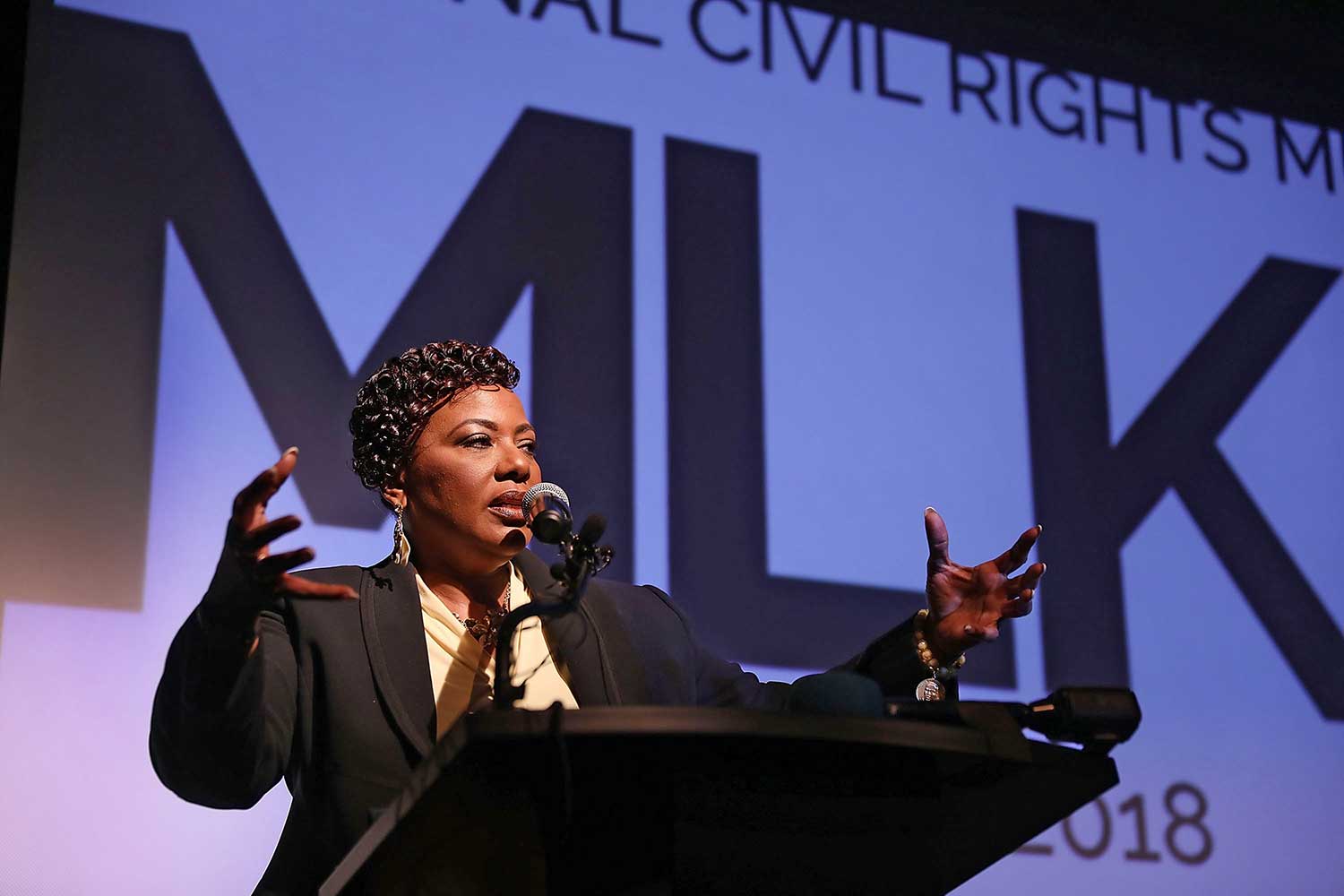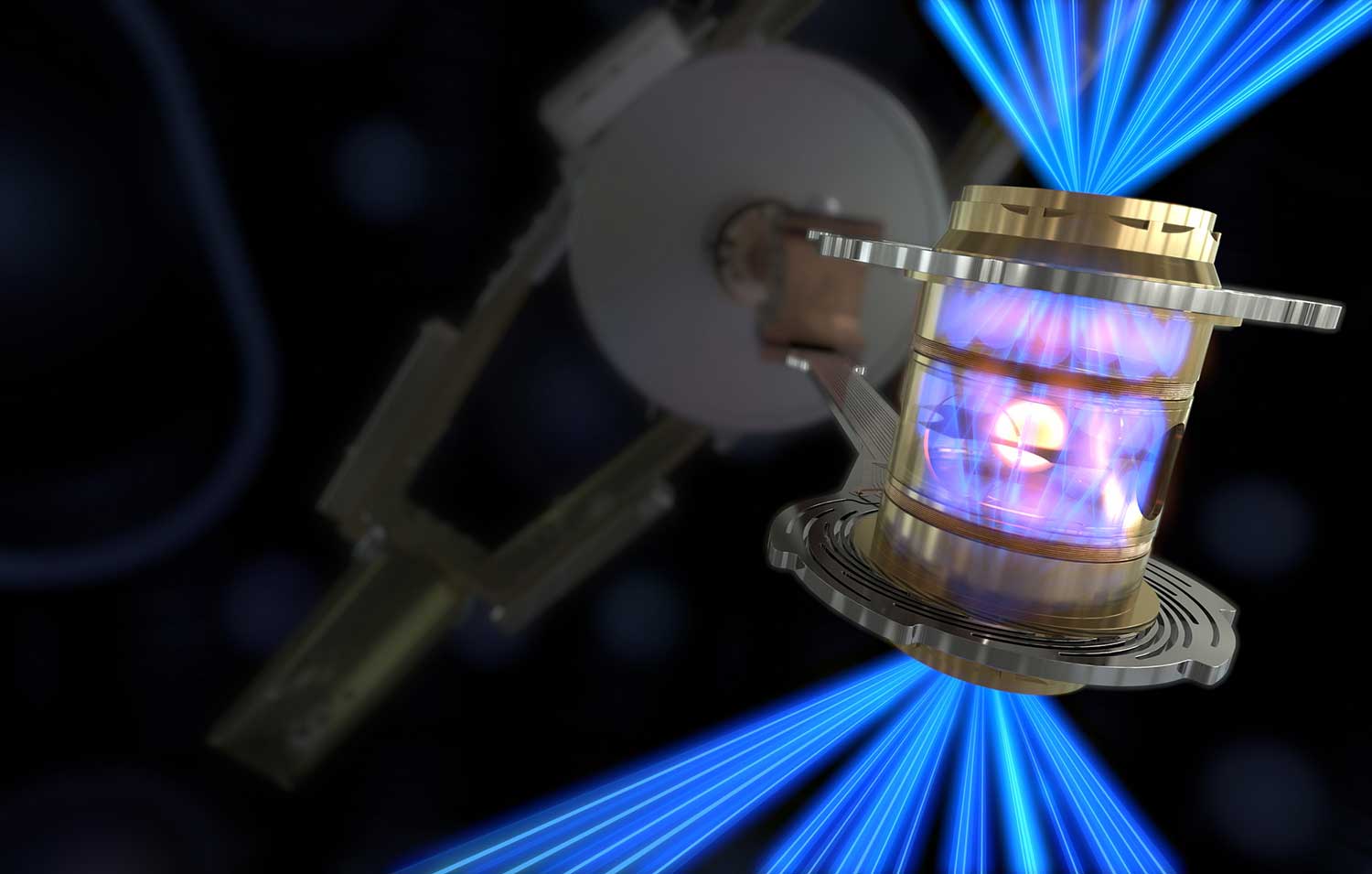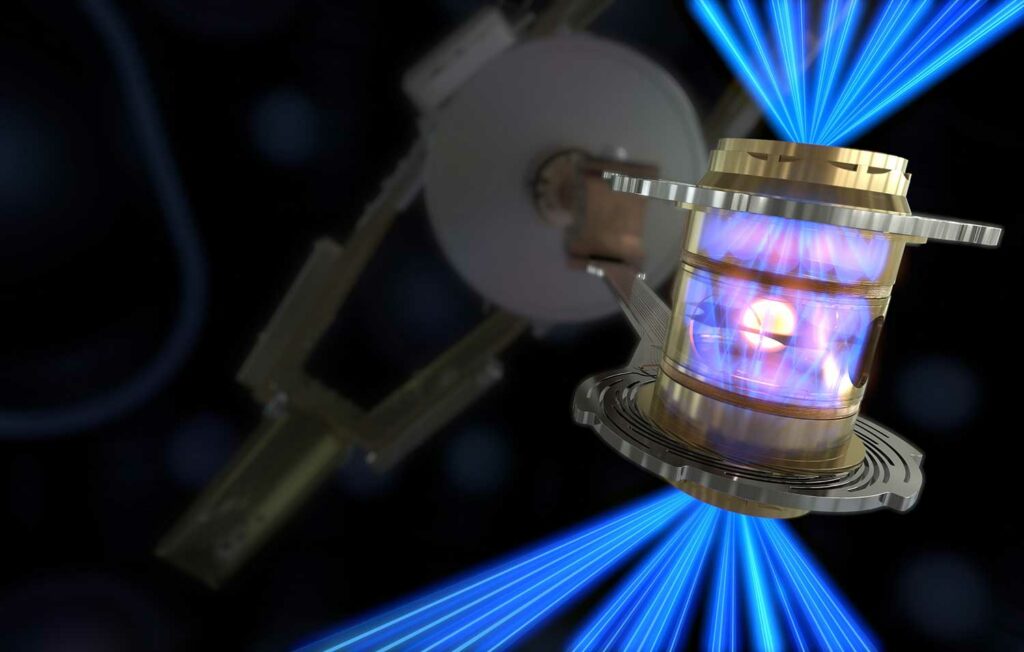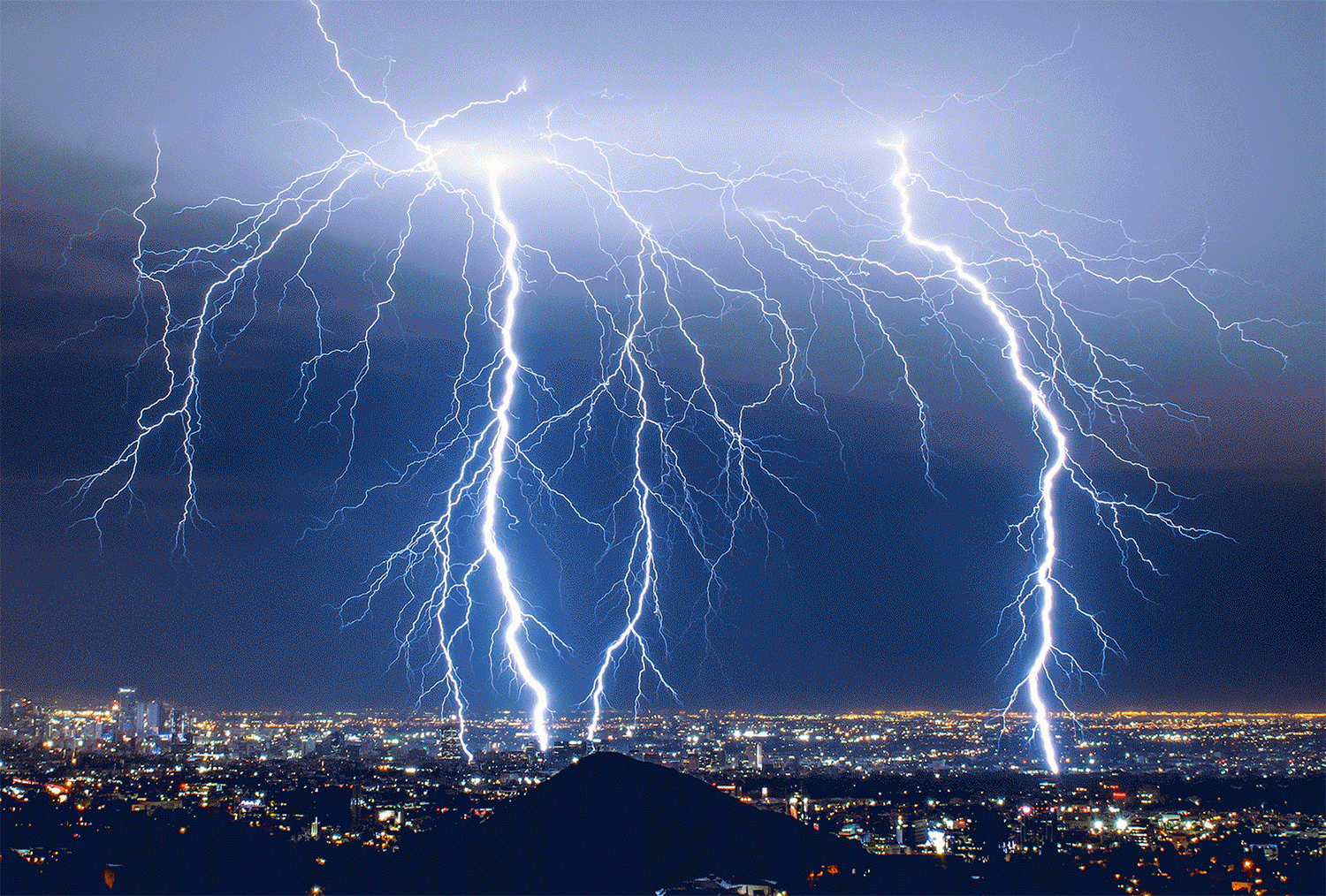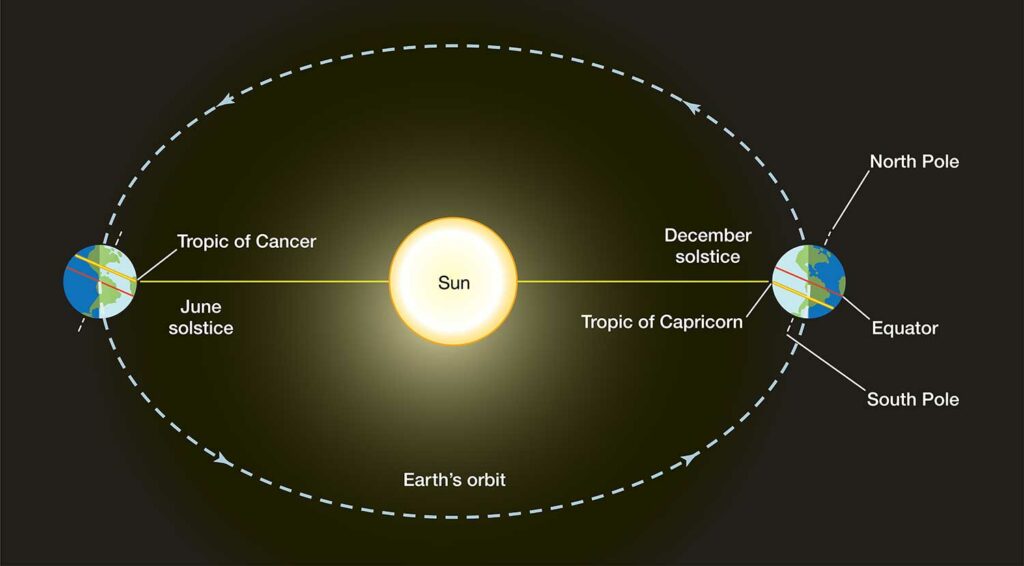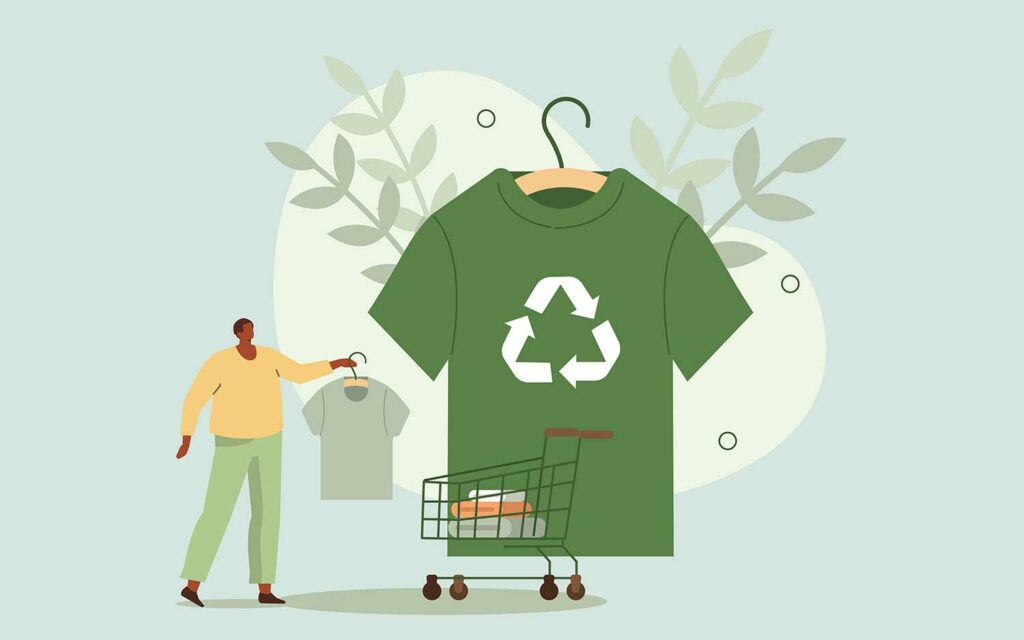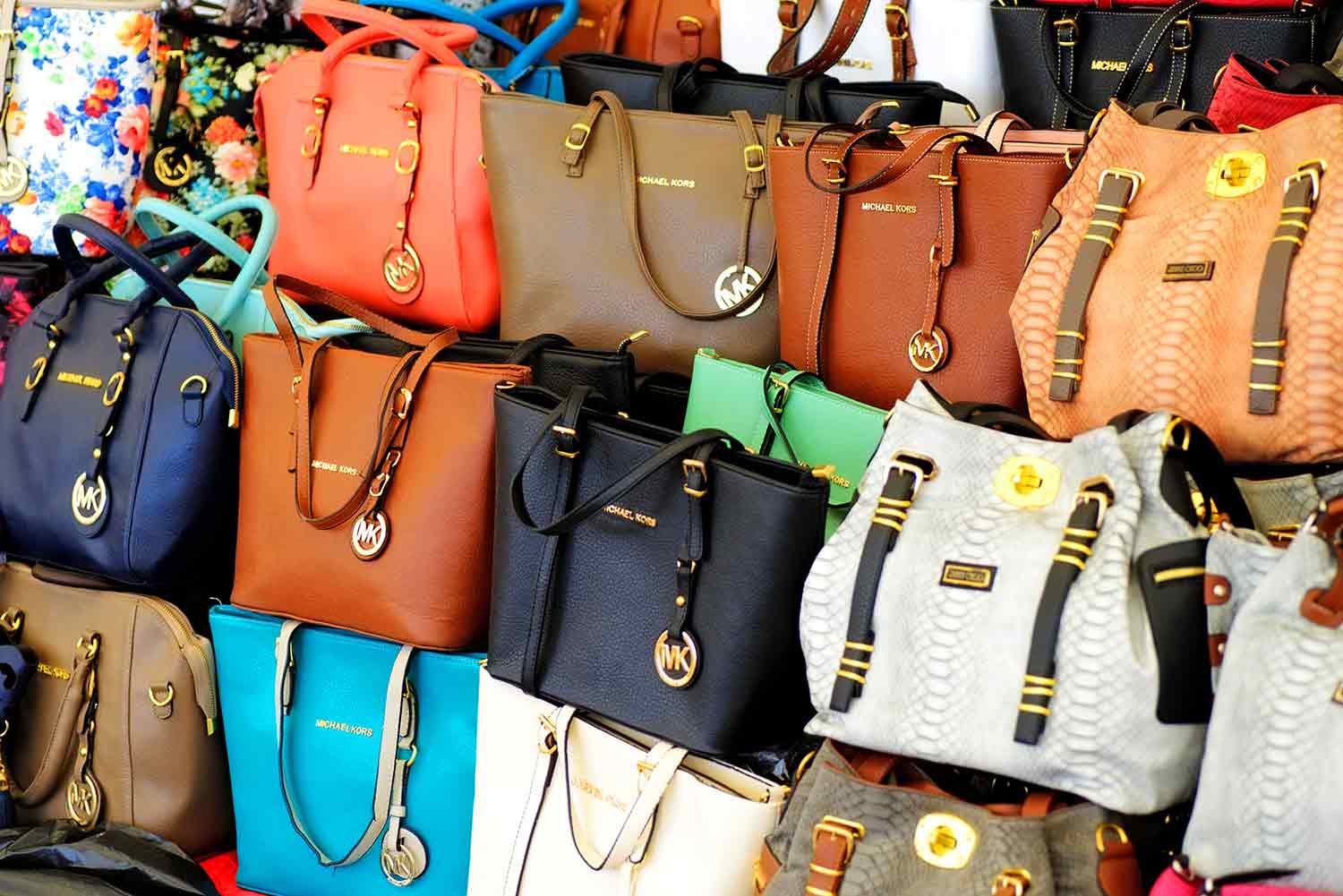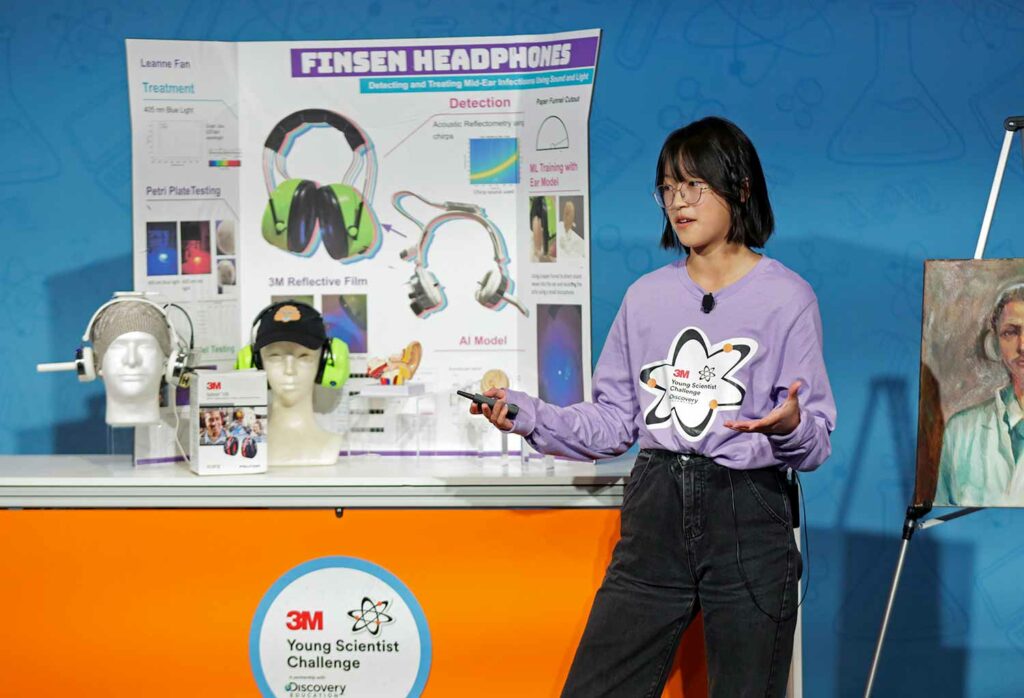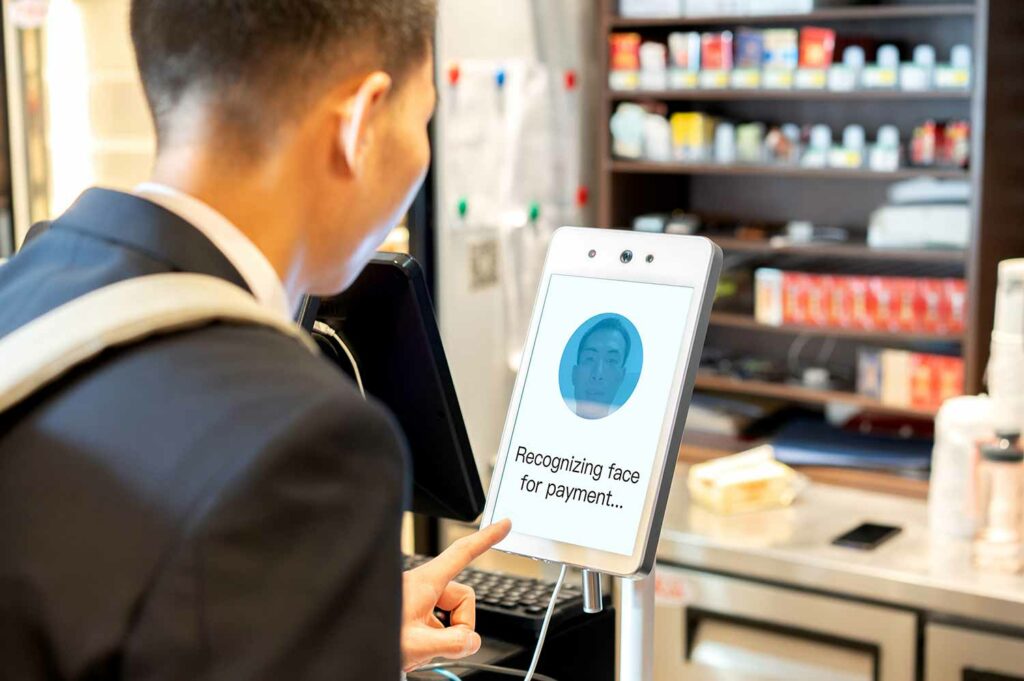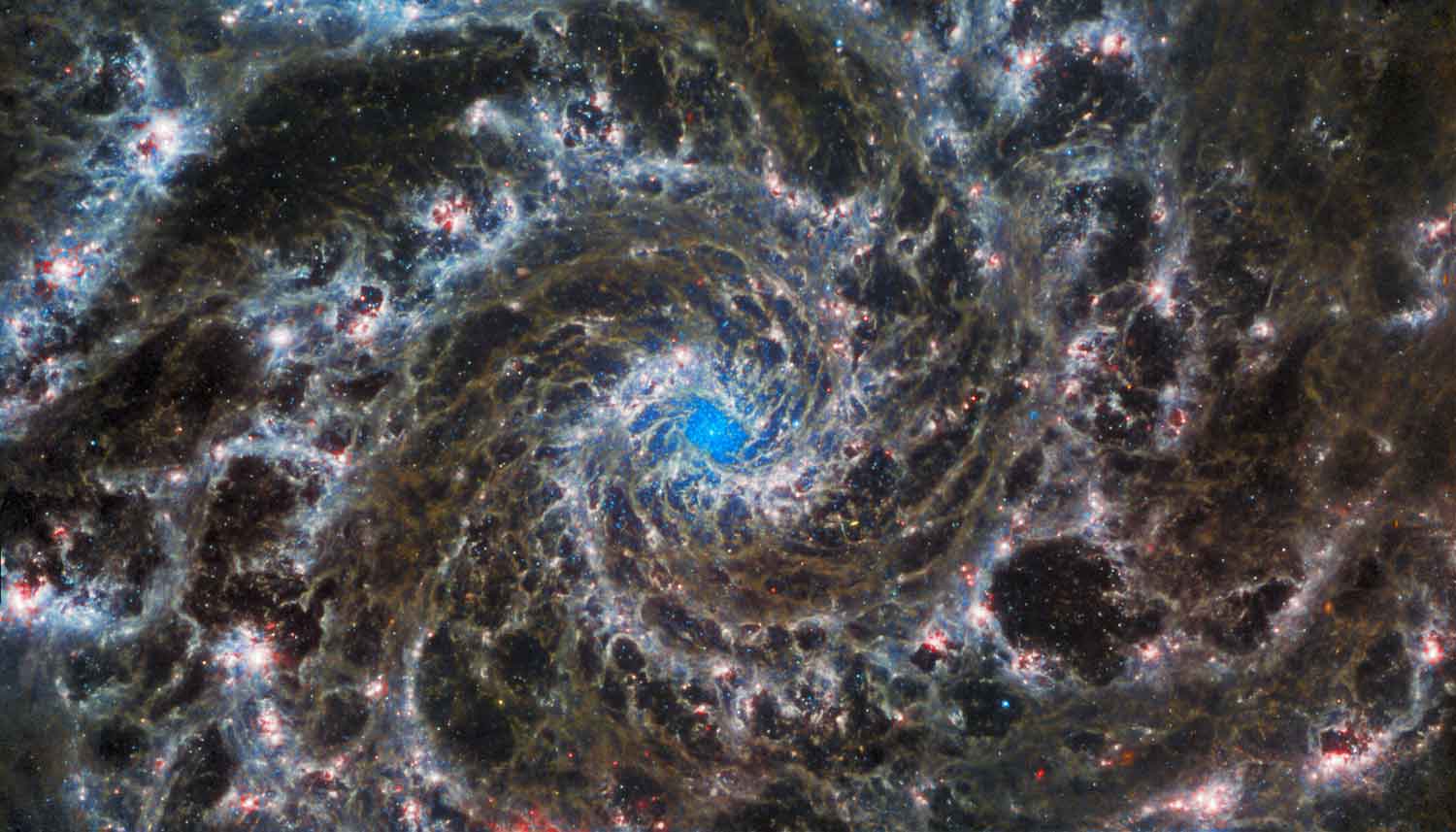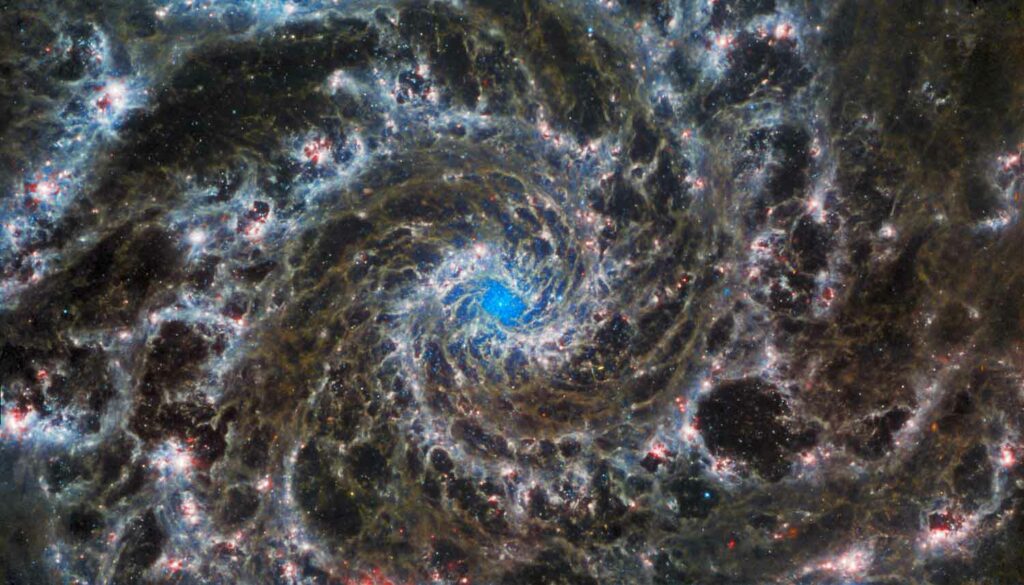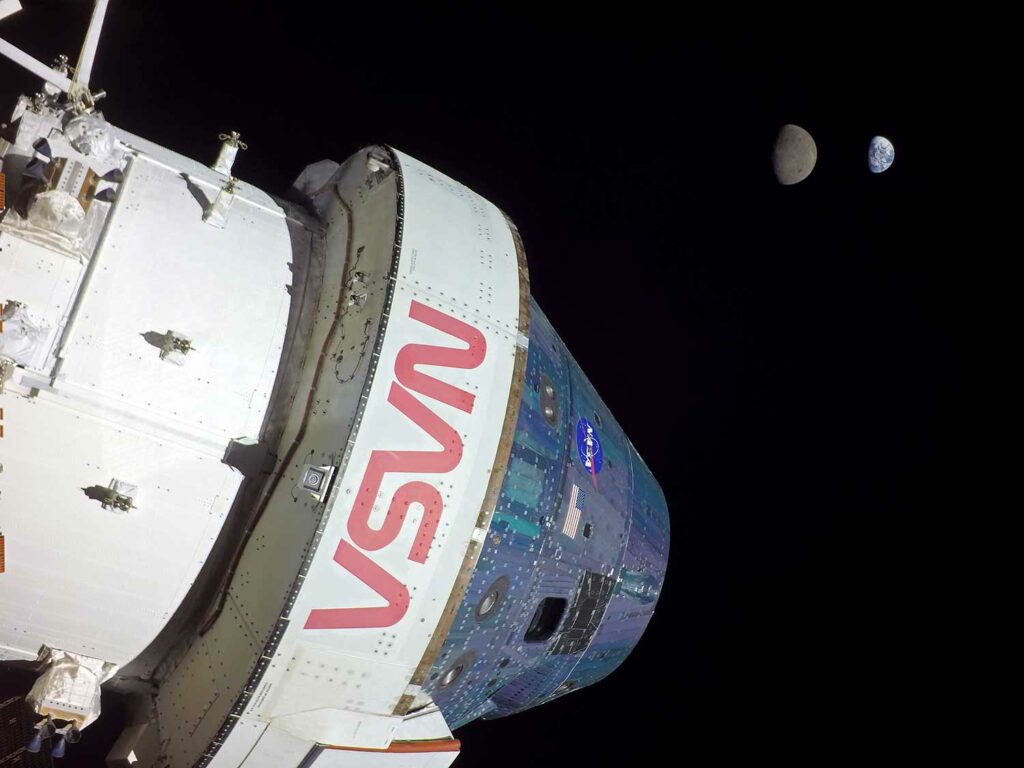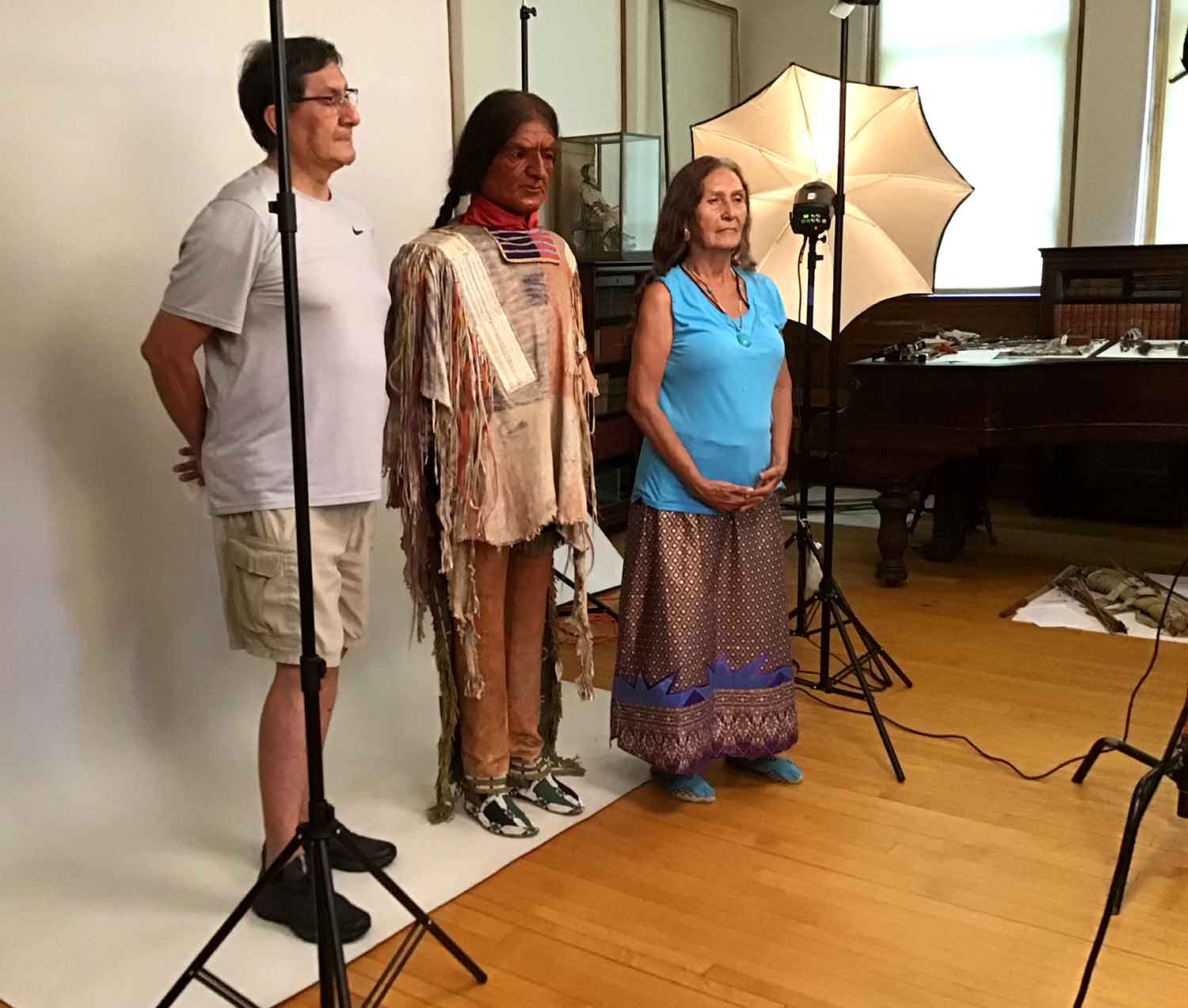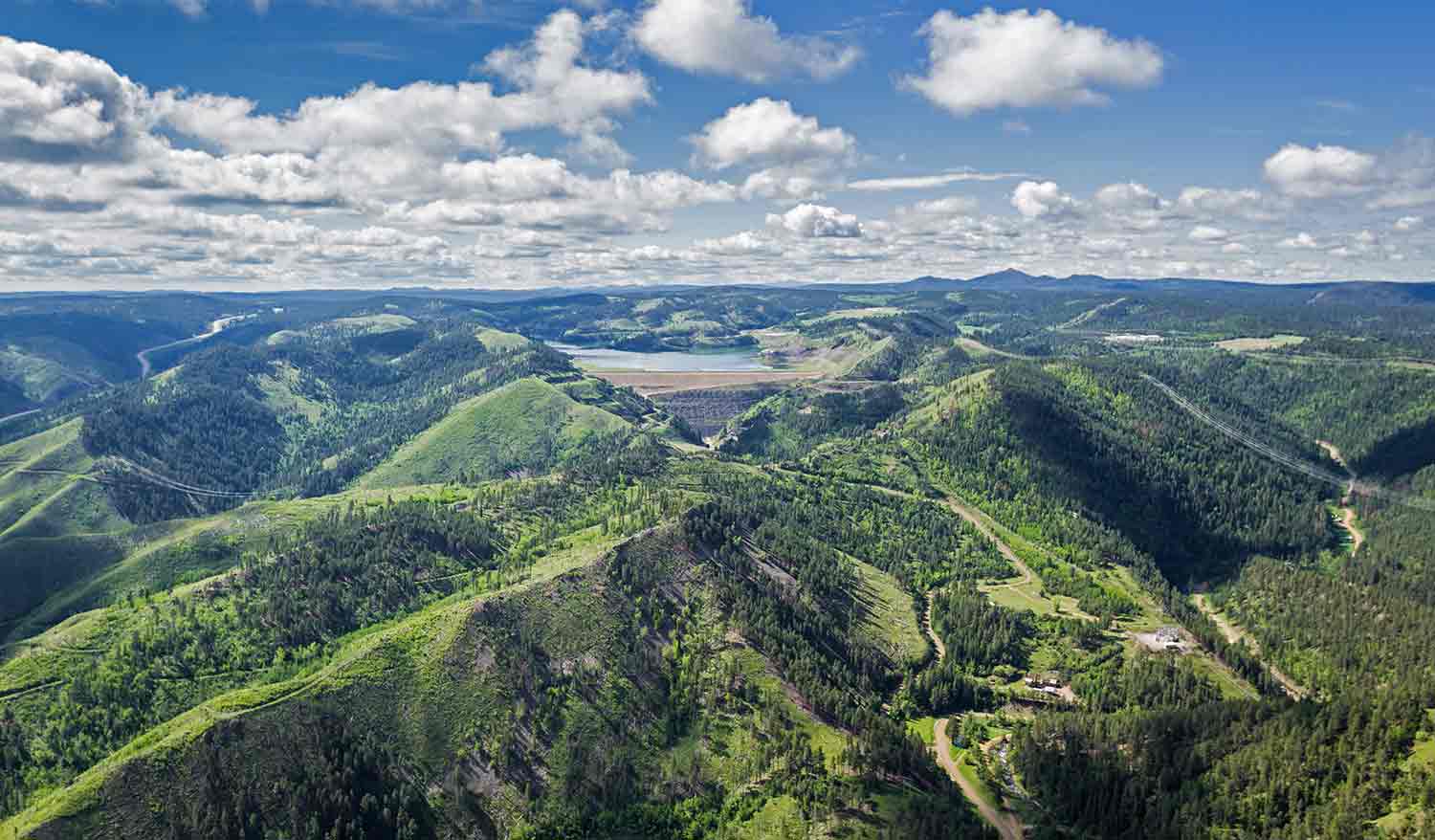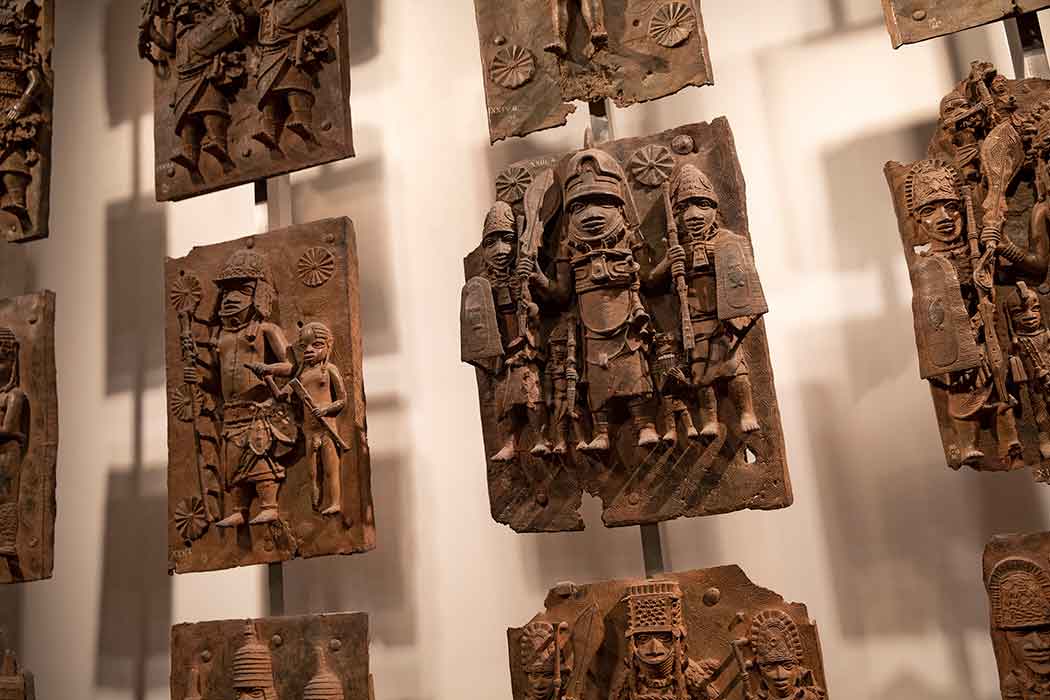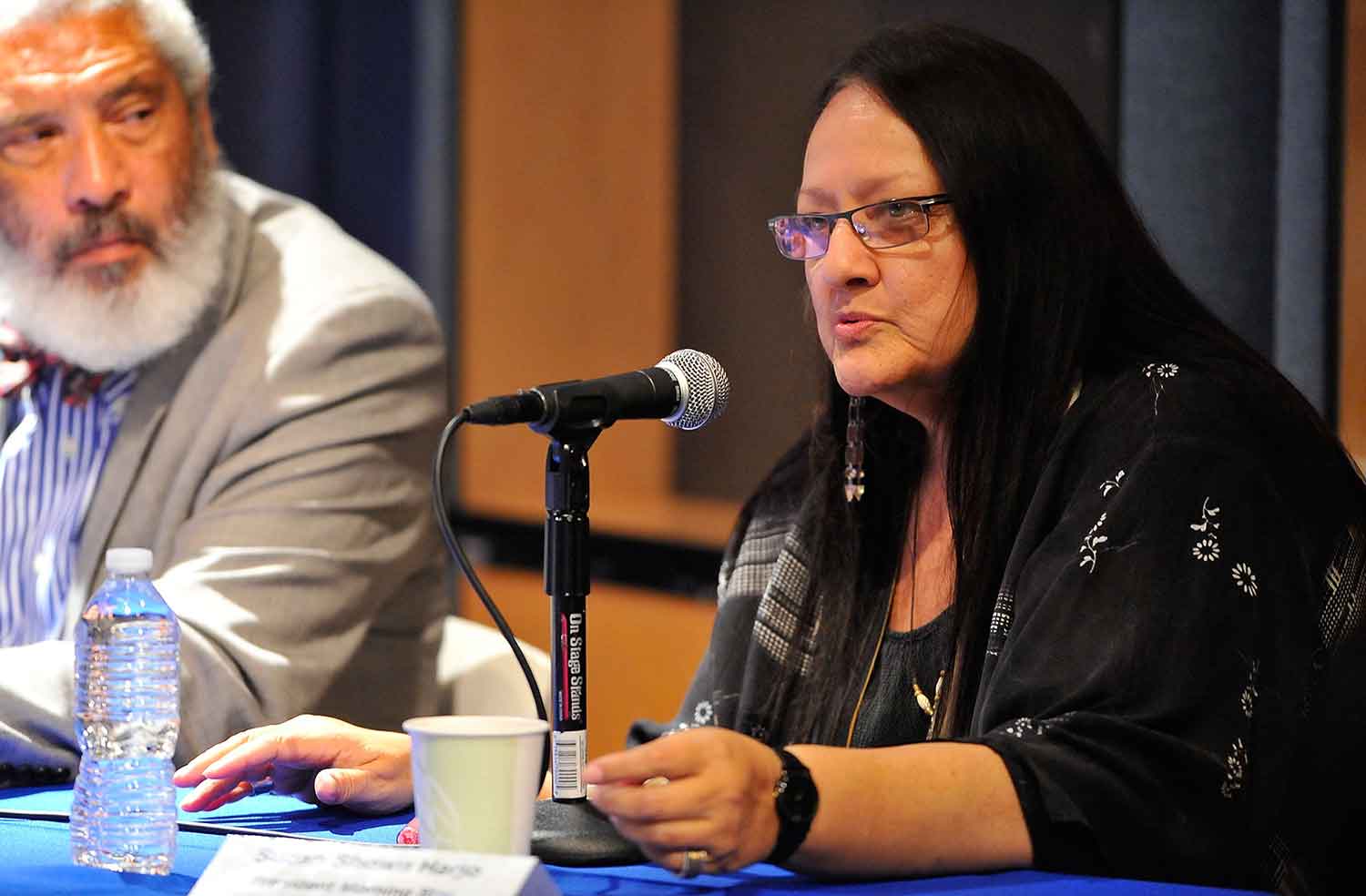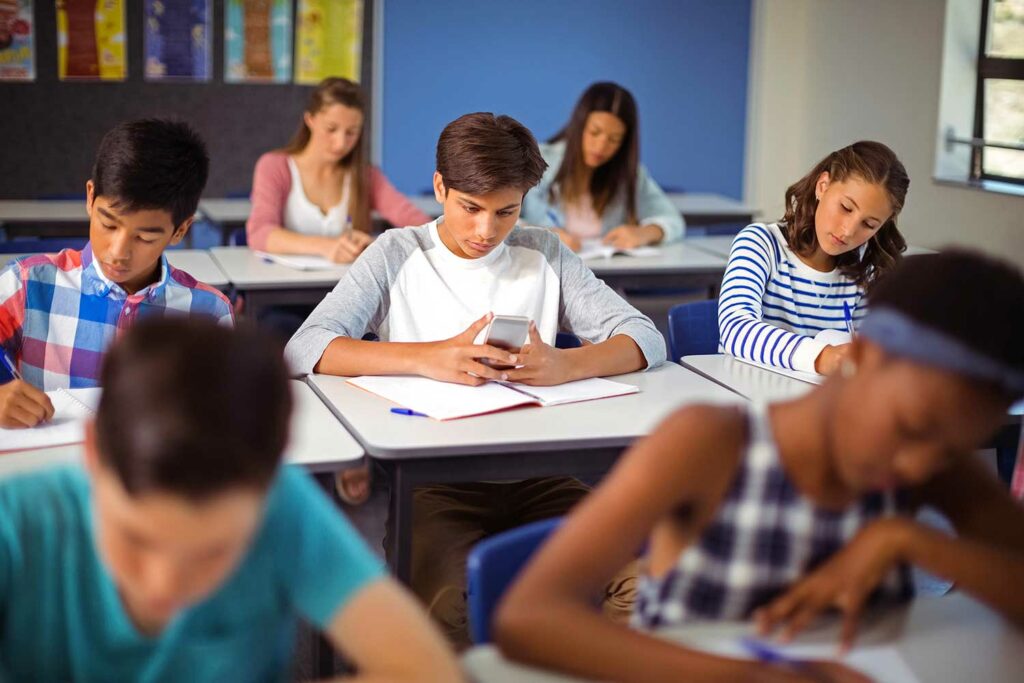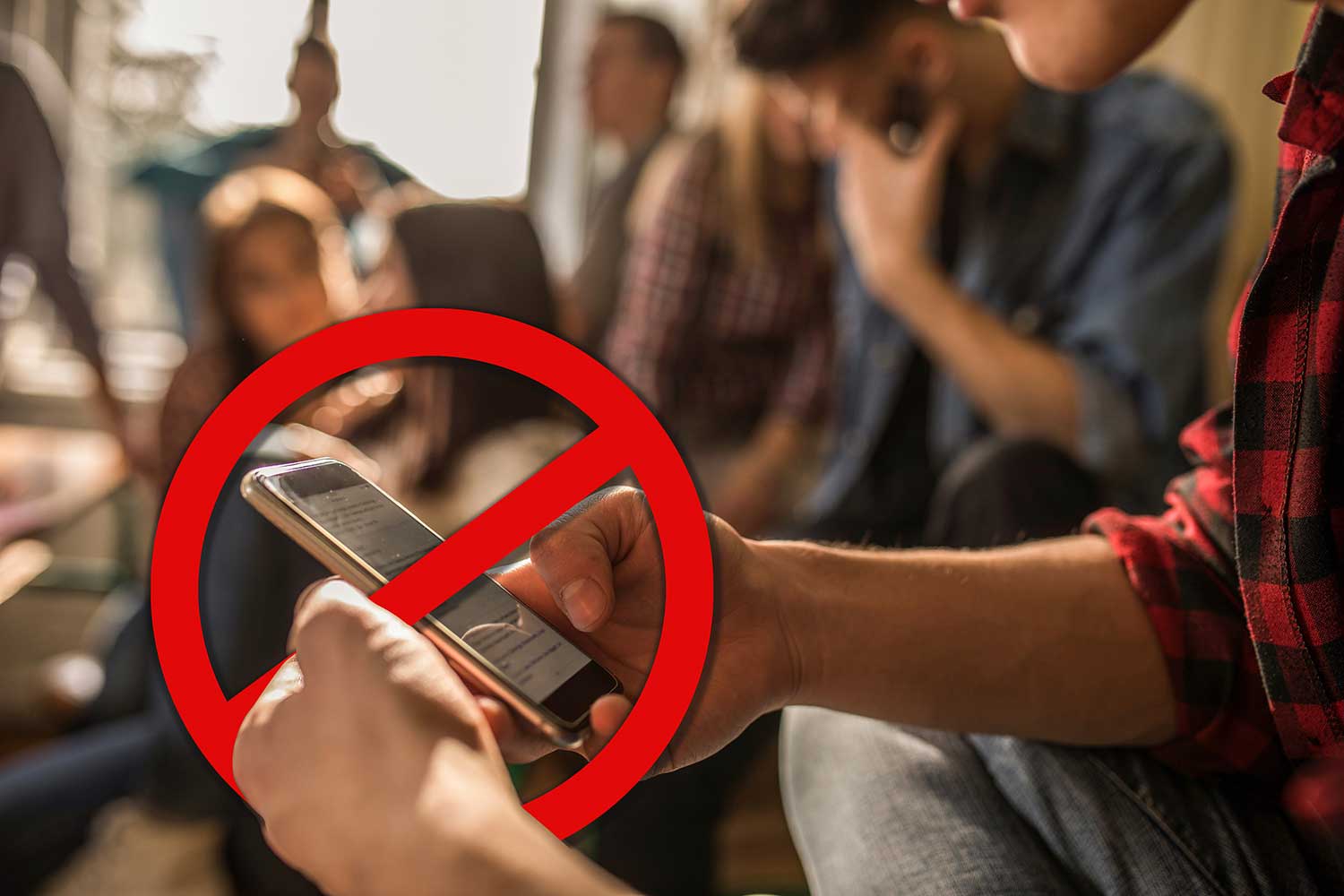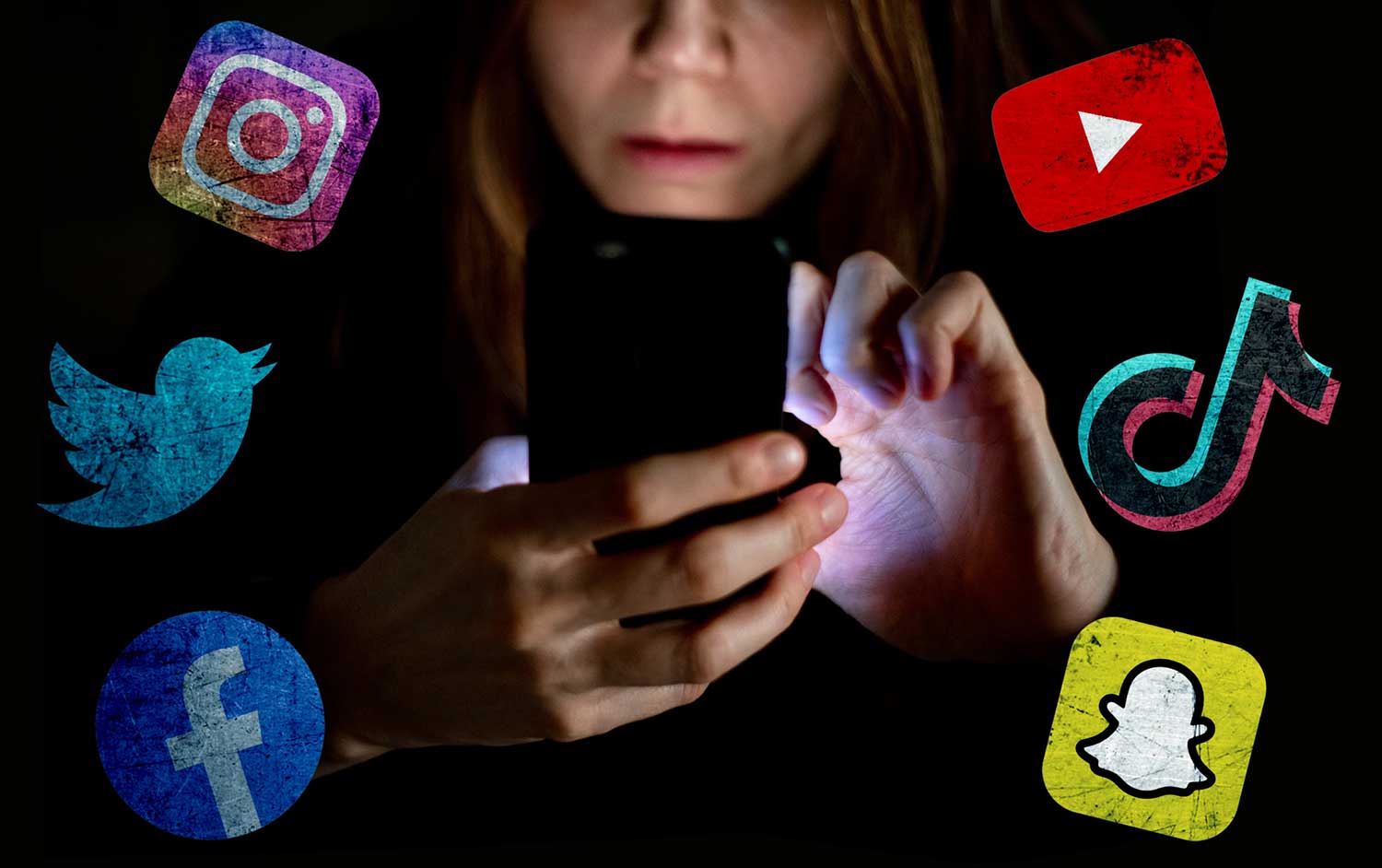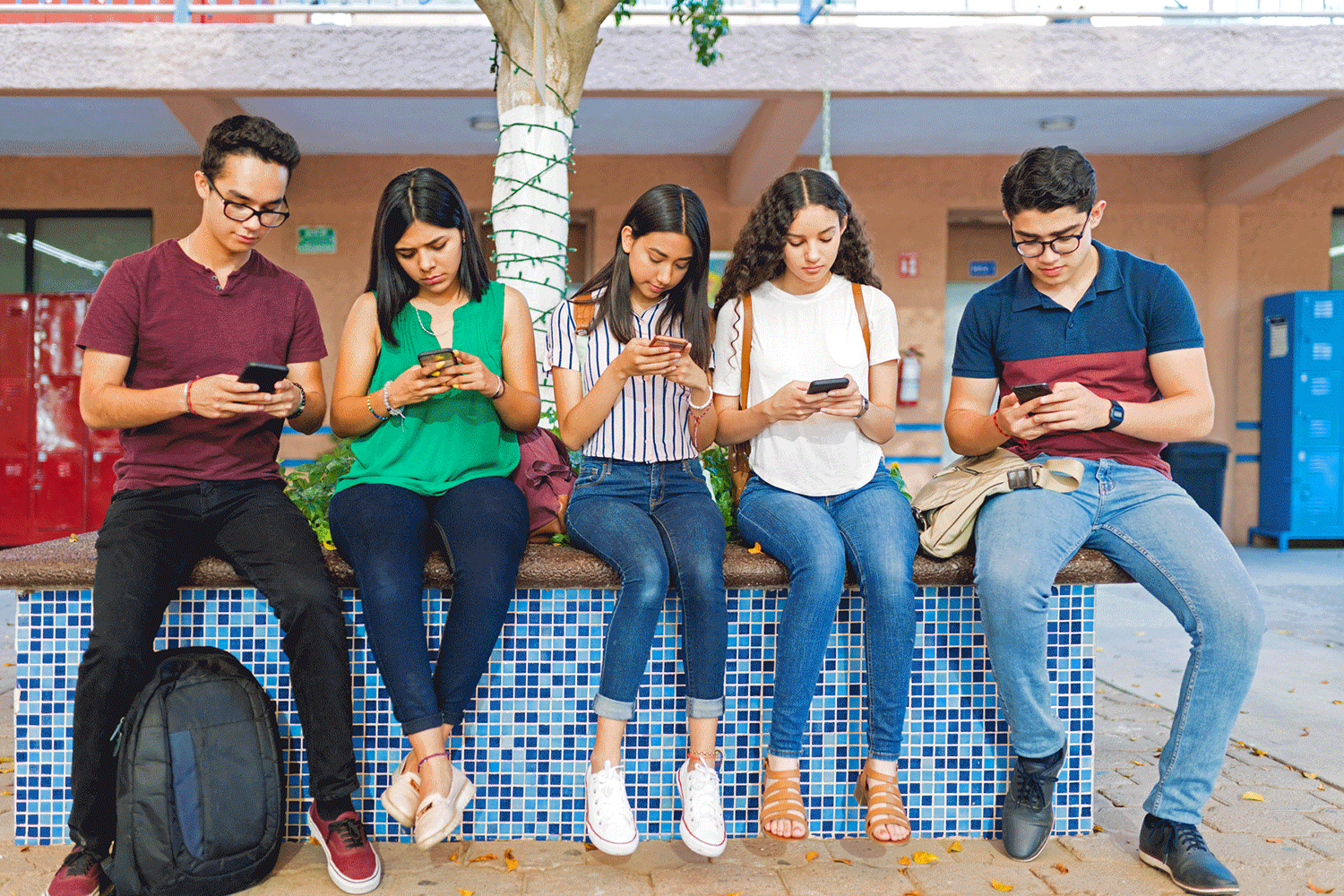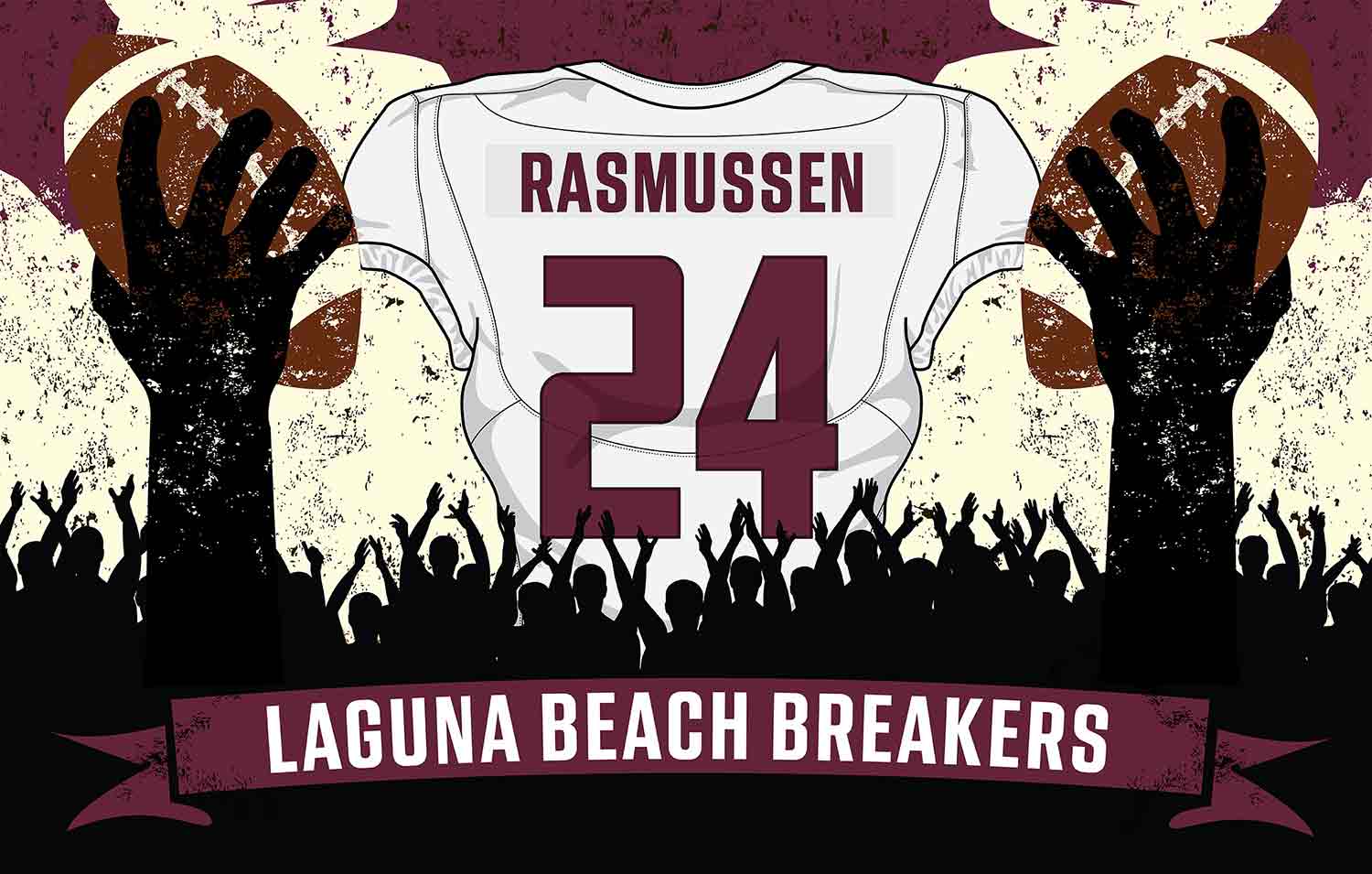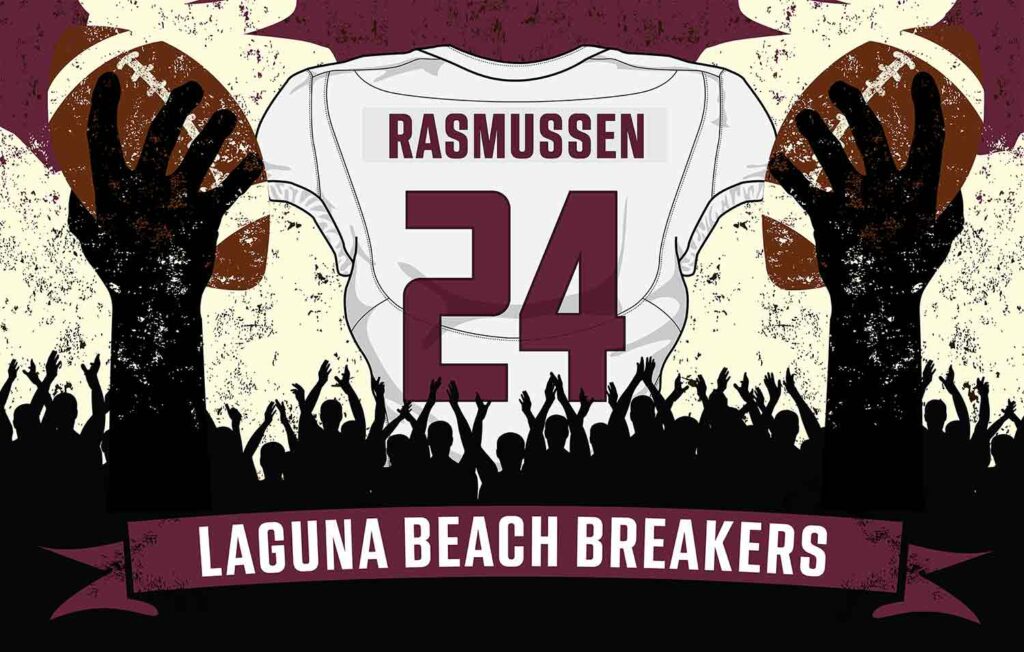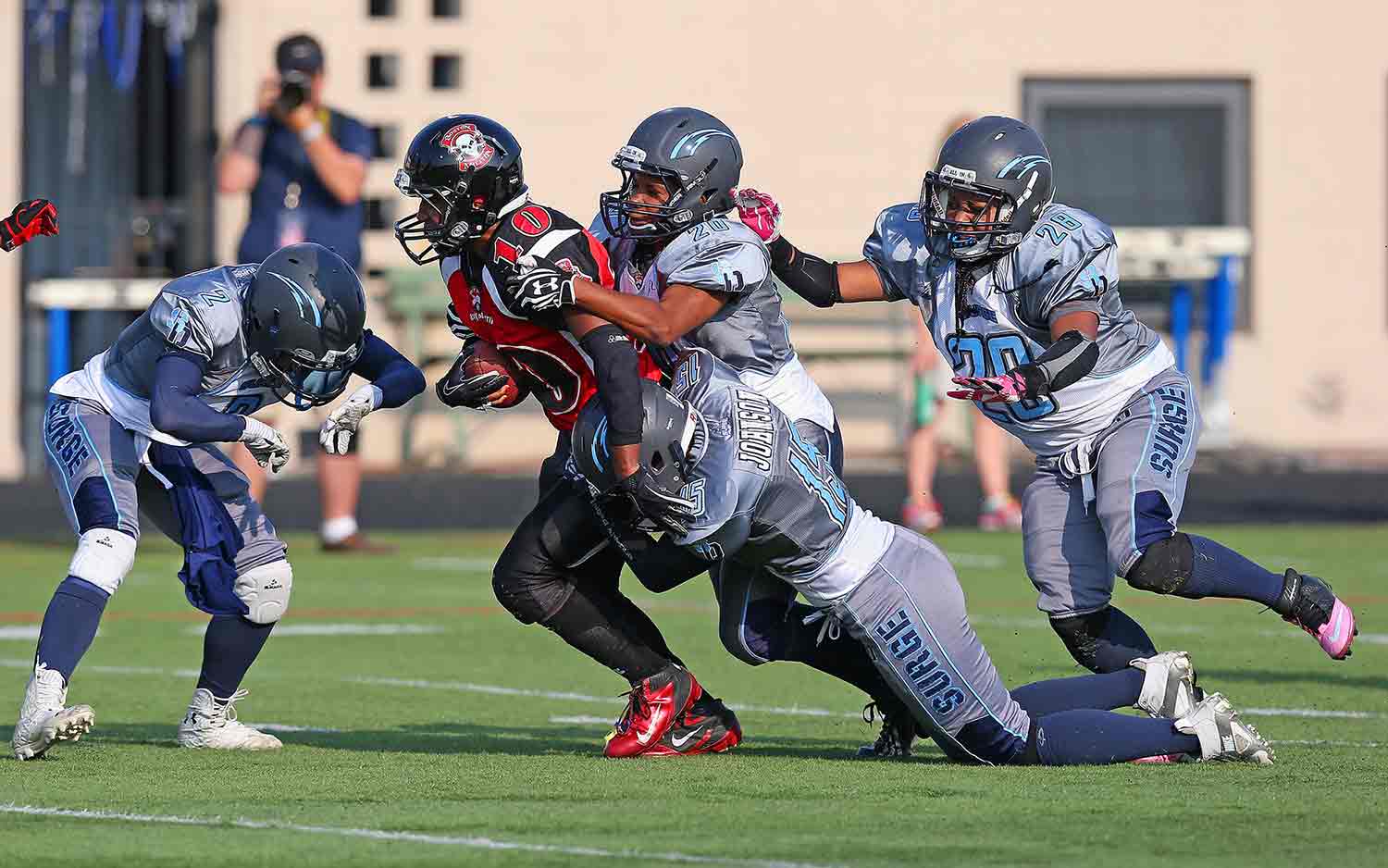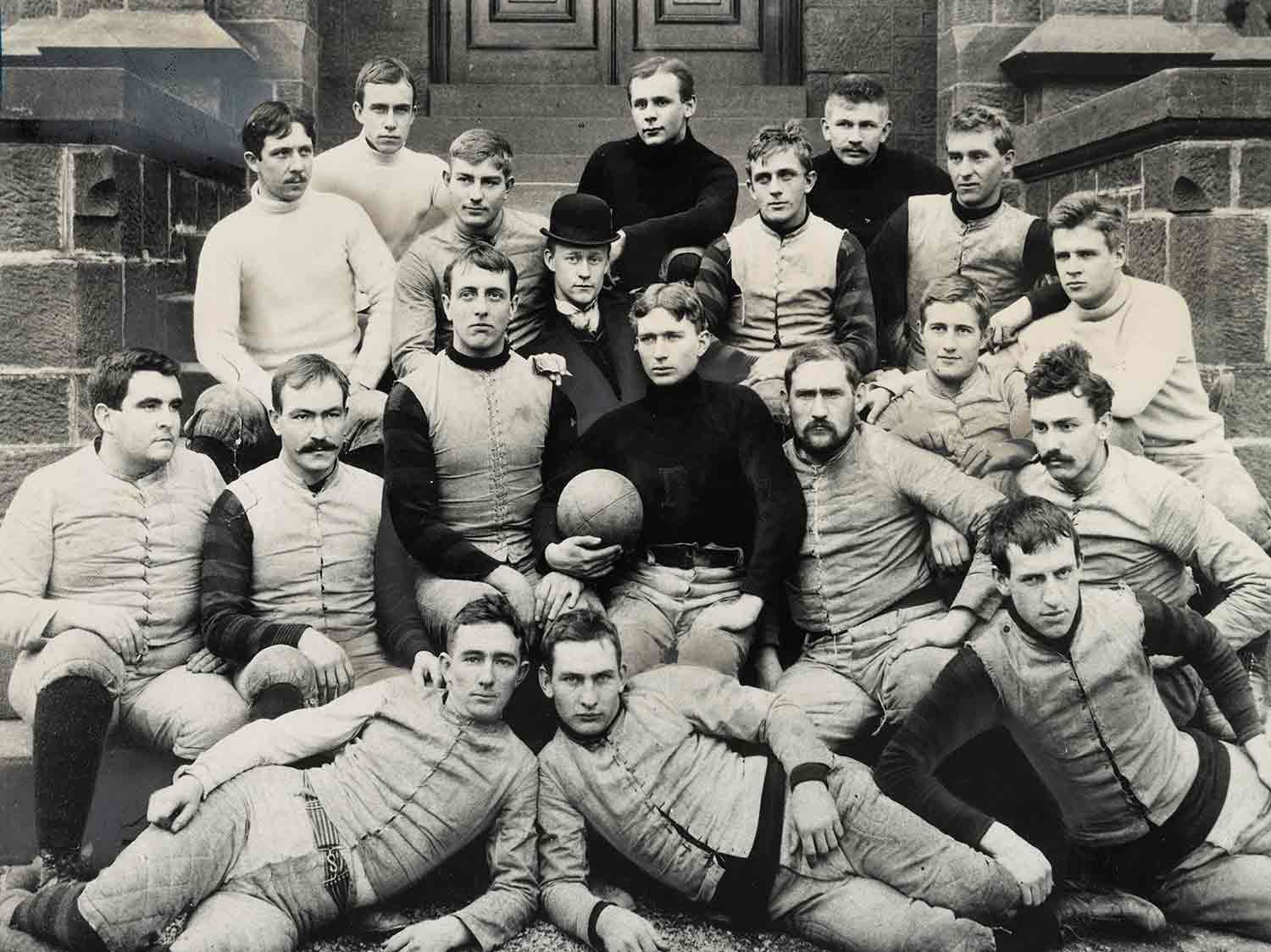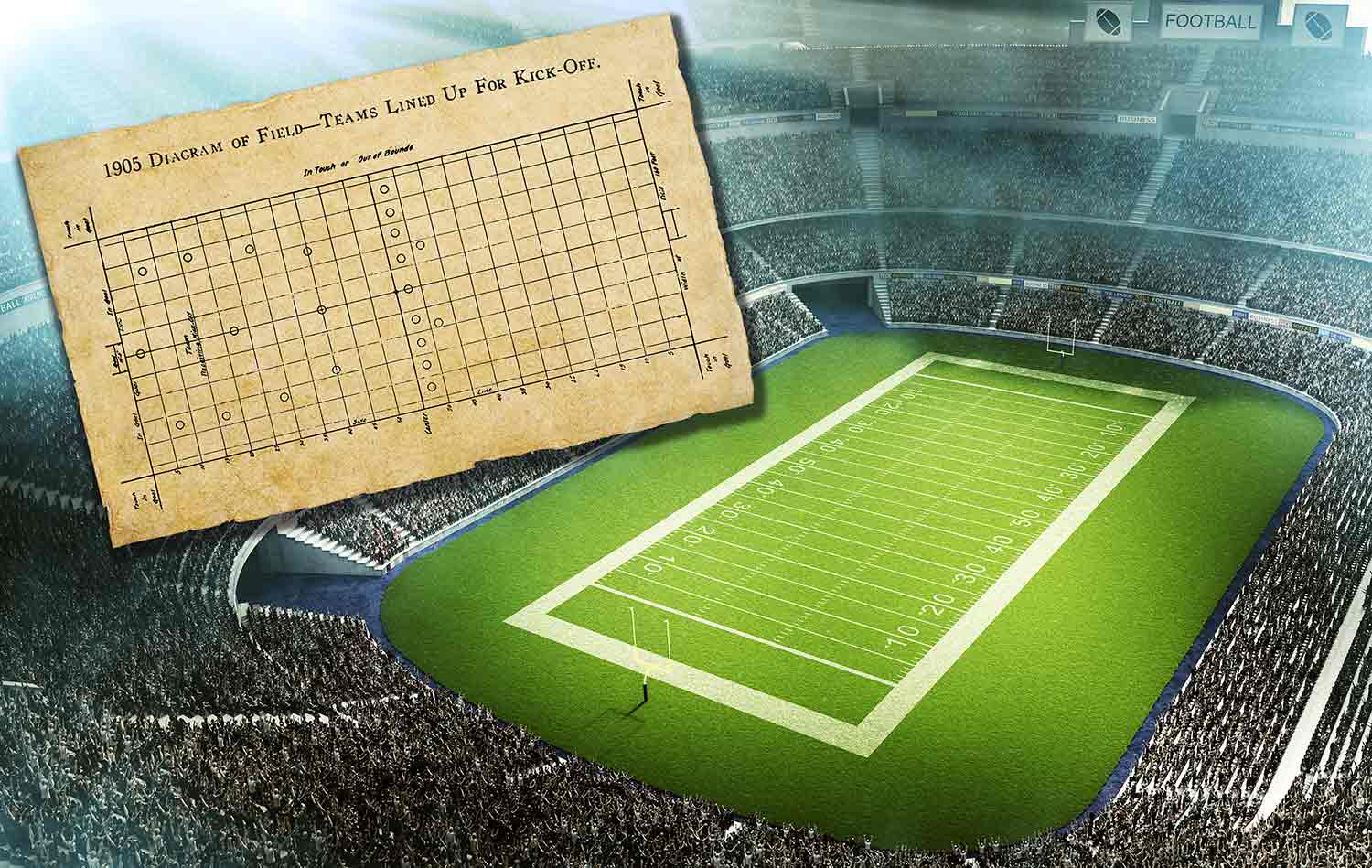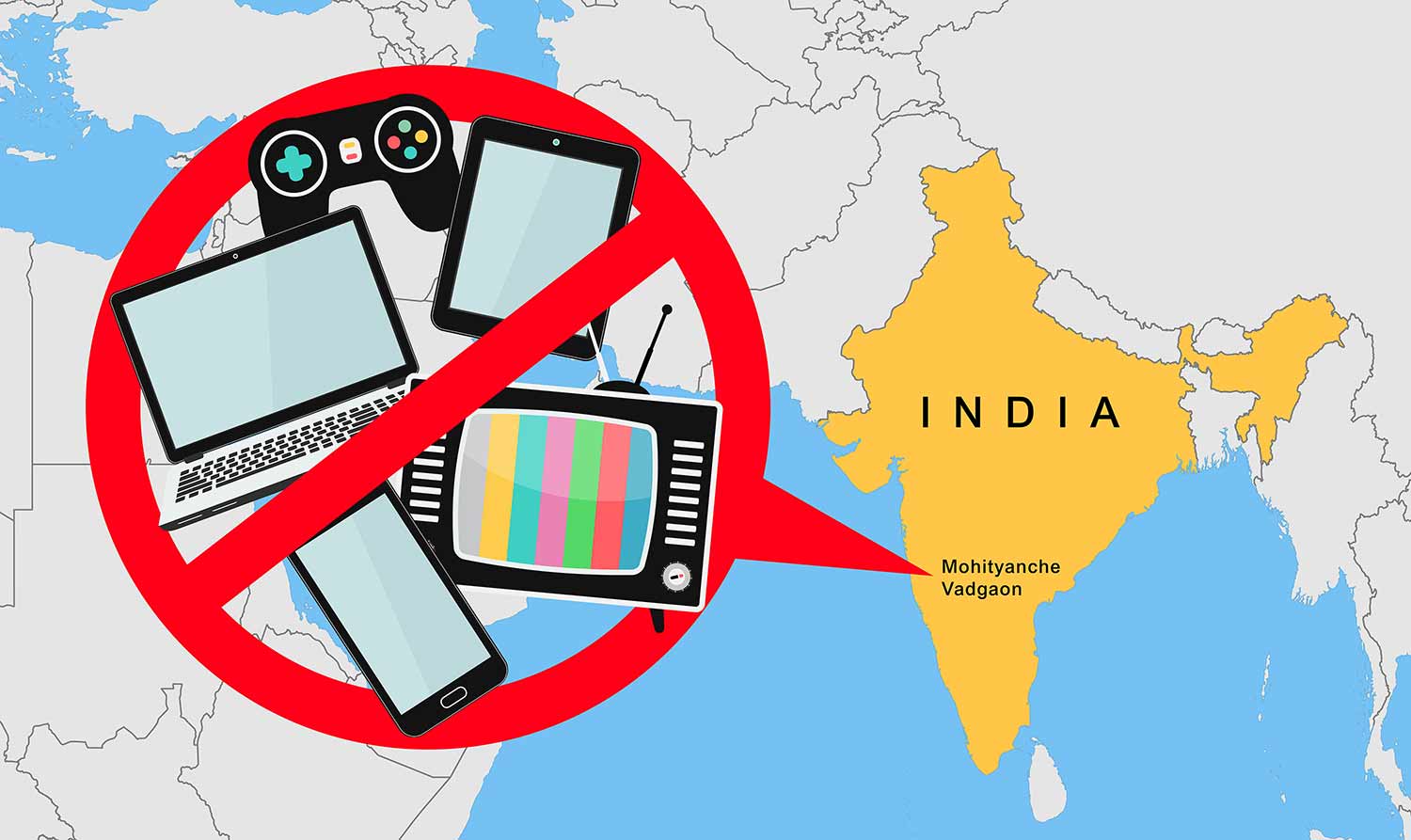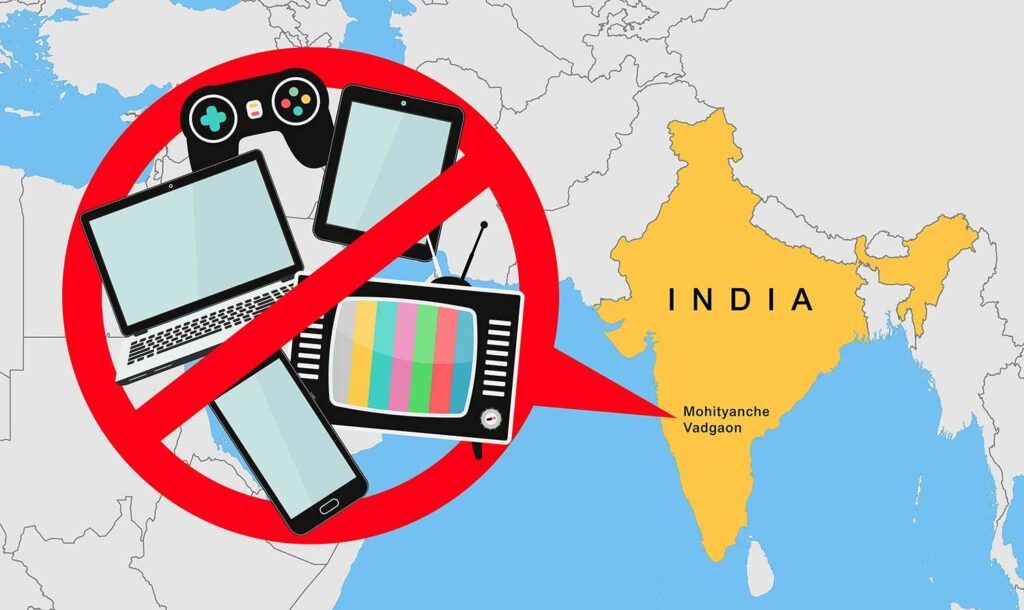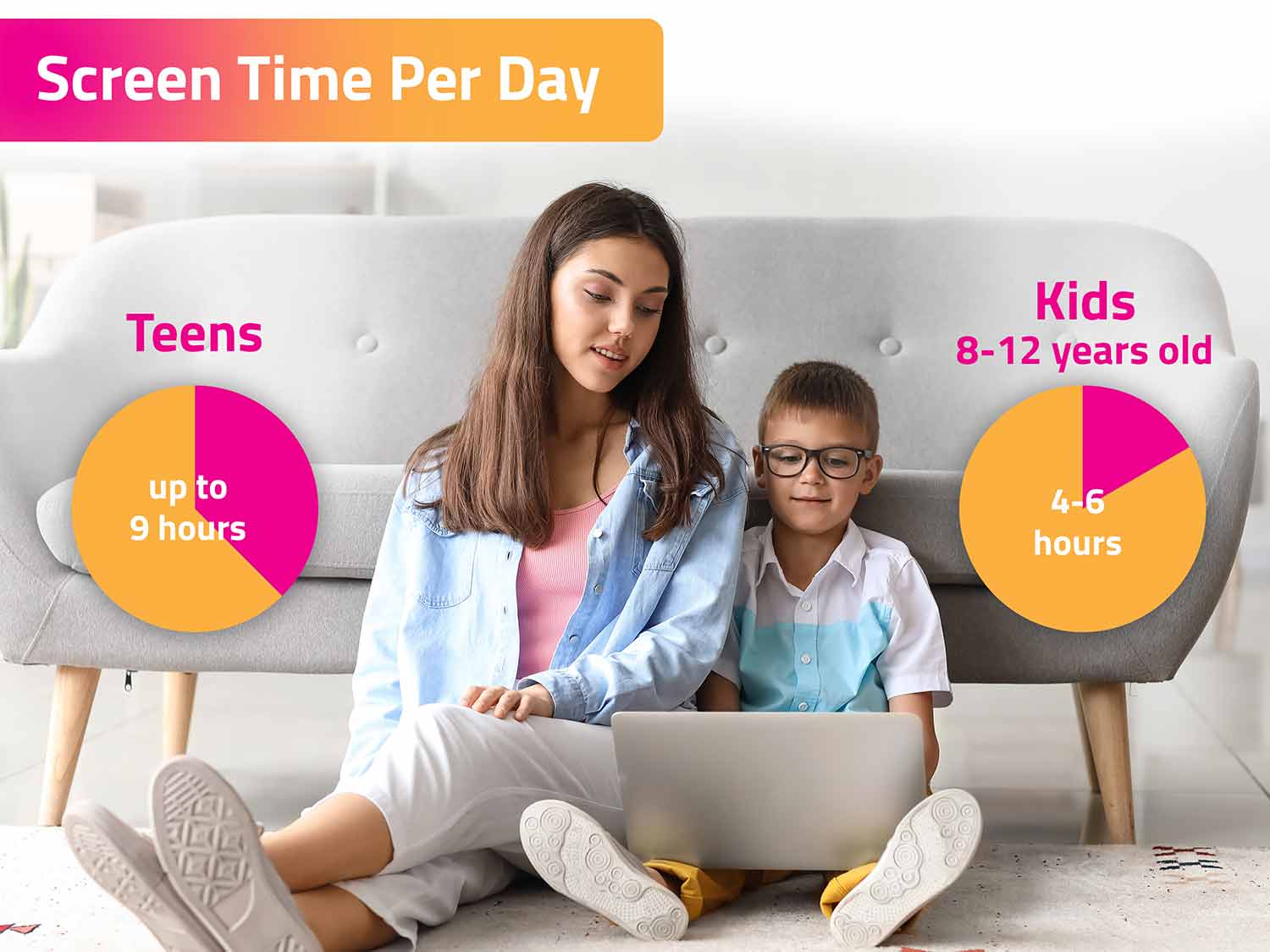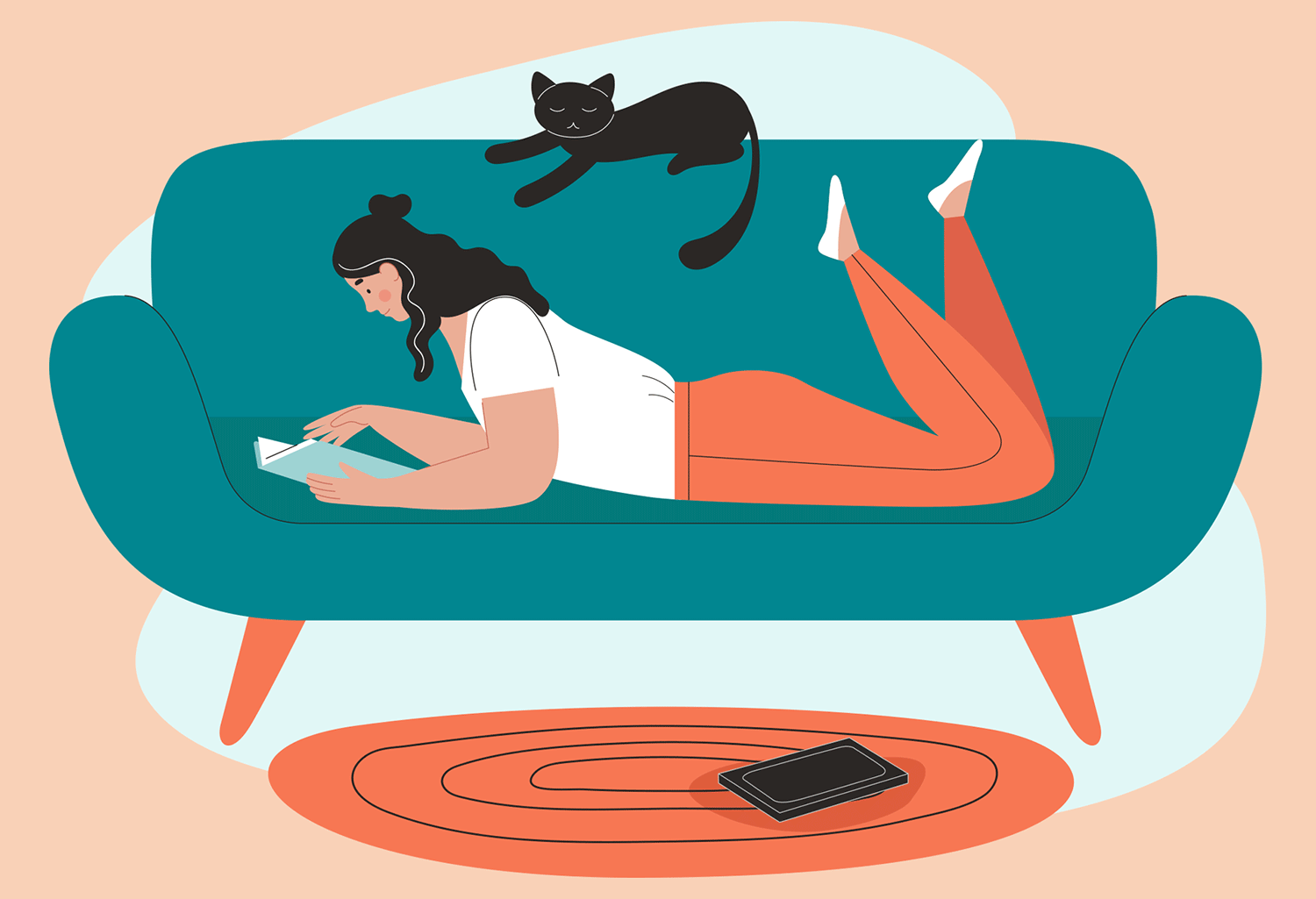The Work Continues
Dr. Martin Luther King’s daughter, Dr. Bernice King, is carrying on her father’s work.
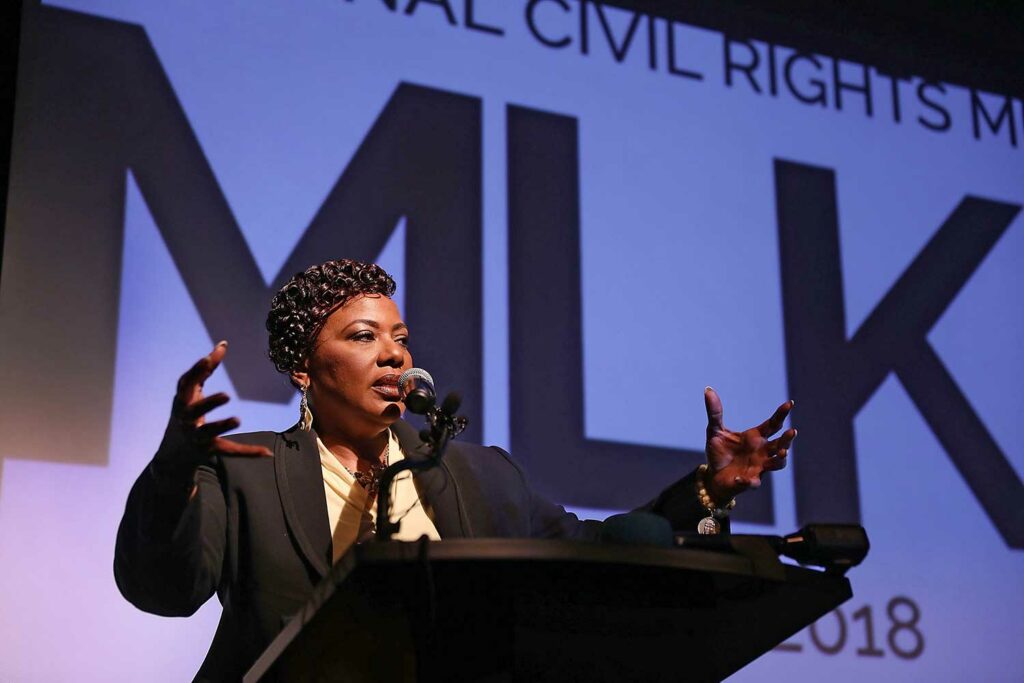
Joe Raedle/Getty Images
Dr. Bernice King speaks during a 2018 visit to the National Civil Rights Museum.
In 1980, when Bernice King was 17, she gave a speech to the United Nations. Addressing representatives from countries around the world, King called for an end to apartheid, a system of racial segregation that was the law in South Africa until 1994. Today, Bernice King continues to promote equality, justice, and peace—all values that were important to her famous father, Martin Luther King, Jr.
Bernice King was a small child in 1968, when her father was killed. But both of her parents passed down their principles to Bernice and her sister and brothers. Martin Luther King, Jr., believed in using nonviolent methods, such as education and peaceful demonstrations, to address racism and poverty. His wife, Coretta Scott King, was also a passionate fighter for equality.
In 1968, Coretta Scott King founded the Martin Luther King Jr. Center for Nonviolent Social Change, also called the King Center, to continue her husband’s work. Today, Bernice King is the head of the King Center, as well as a lawyer and a public speaker. Her aim is to provide people with tools they can use to bring about social change, peacefully.
Like her father, Bernice King believes that education is one key. Love is another. In 2022, she co-authored a children’s book called It Starts With Me. The book’s message is that each person can make the choice to be loving and compassionate to others.
Bernice King believes that love isn’t just about caring for the people you know. It’s about having compassion for all of humanity.
“Now more than ever, I believe that my father would encourage humanity to join together in love,” King wrote in The Atlantic in 2021. “Love…is a powerful, moral force on the side of justice.”
Did You Know?

© Andre Ricardo Paes/Dreamstime.com, Marion S. Trikosko, News & World Report, Library of Congress, Washington, D.C. (LC-DIG-ppmsc-01269); Photo illustration Encyclopædia Britannica, Inc.
Singer Stevie Wonder wrote the song “Happy Birthday” during the campaign for national recognition of the birthday of Martin Luther King, Jr. Since 1983, King’s birthday has been a national holiday in the United States.
In Dr. King’s Words

Bill Shugarts/U.S. National Park Service; Photo illustration Encyclopædia Britannica, Inc.
The Martin Luther King, Jr. National Memorial features a monument engraved with some of Dr. King’s most memorable quotes.
Martin Luther King, Jr., won the Nobel Peace Prize in 1964. The prize is awarded once a year to a person who is committed to peace and human rights. In his acceptance speech, King said, “I believe that unarmed truth and unconditional love will have the final word in reality.” Here are some more of King’s words.
“Hate cannot drive out hate, only love can do that.”
“As long as there is extreme poverty in this world, no one can be totally rich, even if he has a billion dollars.”
“The time is always right to do [what is] right.”
“Injustice anywhere is a threat to justice everywhere.”
The Life of Dr. King
Click through the slideshow to read about the life of Martin Luther King, Jr. You can read even more about Dr. King at Britannica School.
Read about it at Britannica School!
WORD OF THE DAY
legacy
noun
: something that happened in the past or that comes from someone in the past

Crossword
How much of the puzzle can you fill in?
In Case You Missed It
Scientists were able to get more energy out of a nuclear fusion reaction than they put in. They say this is a milestone in the search for clean energy.
01.10.23
What is it like to live in a place that’s dark all winter—even during the day?
01.06.23
Amazon says it’s working to combat a serious problem: Some of the products sold on its site are fake.
12.13.22
Ninth grader Leanne Fan won the 2022 3M Young Scientist Challenge for inventing headphones that can treat ear infections.
12.06.22
